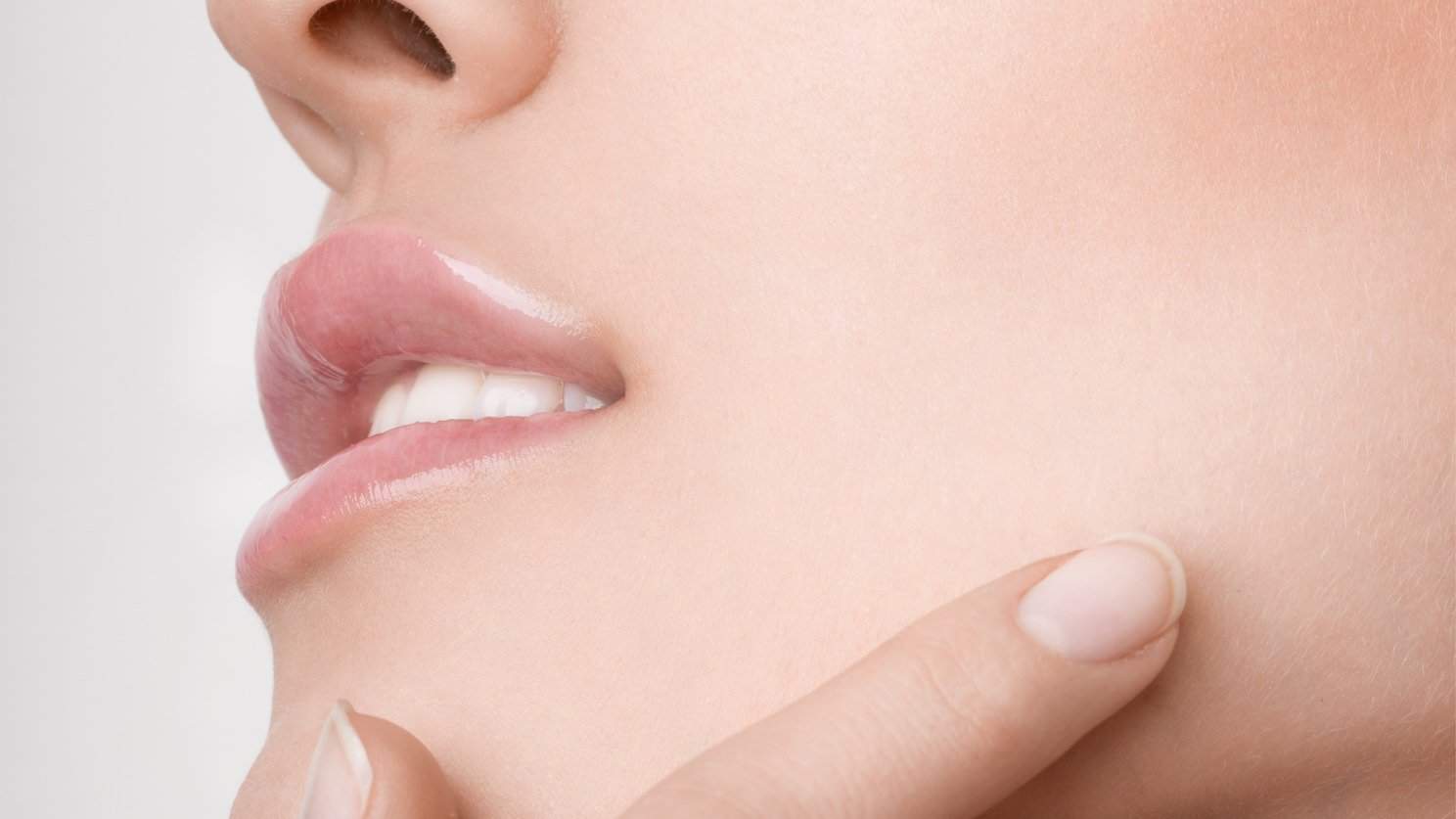At Costhetics, we’re always excited to tell our readers about truly amazing advancements in the field of cosmetic enhancement.
Cosmetic treatments and medical procedures frequently cross over, providing unexpected benefits. One example is injectable muscle relaxants that freeze forehead wrinkles, but can also be used to treat migraine headaches, excessive sweating, and incontinence.
In this post, we’ve got news to share about an injectable biomaterial being created to help patients suffering with spinal cord injuries and cartilage damage avoid invasive surgery. It’s being developed by PhD candidate Ali Fathi at the University of Sydney. After a series of sports injuries, he went on a quest to find a better way to heal broken bones.
Customised Cosmetic Injectables
“We developed a new class of polymers with favourable properties for different biomedical applications,” says in his LinkedIn profile. “You can find more about this project by searching for “A Peptide Composite Hydrogel” with patent number of WO2013091001.”
“The gelling behaviour and physicochemical, mechanical and biological properties of this injectable biomaterial can be altered by changing its polymeric structure. The properties of these injectable hydrogels therefore can be customised to match the clinical requirements based on the applications, and patients’ health condition.” – Biomaterial Development Paper
During development of his patented invention, Fathi realised that the medical injectable could be useful for cosmetic purposes.
Cosmetic Injectables: Working Under the Skin
Fathi found that an injection of his biomaterial would not only plump out a wrinkle, but also help the body build new tissue. This second benefit makes Fathi’s discovery truly unique.
“We can generate new muscles and skin under the skin, so we won’t have wrinkles,” he explains. The revolutionary biomaterial is also used in the dentist’s chair, where it can be used to stabilise dental implants.
Cosmetic “Goo” Stabilises Bones
Fathi’s “goo” can be injected into a fracture to stabilise the bone, rather than having a surgeon cut and set the fracture. This approach encourages the body to heal the fracture with its own tissue.
The new injectable material converts to a gel when injected into the body. It is liquid at room temperature. Once injected, the gel acts as a temporary scaffold supporting the growth of new cartilage and tissue. Over time, it dissolves.
The material is still in its developmental stage. Mr Fathi said it will take three to five more years before his discovery is ready to make its debut in clinics and hospitals.
